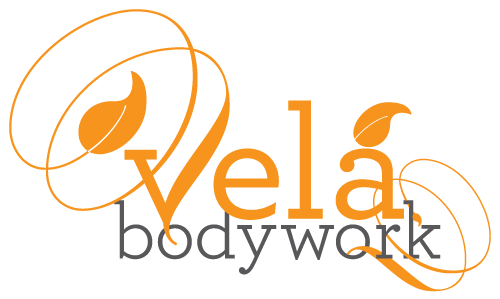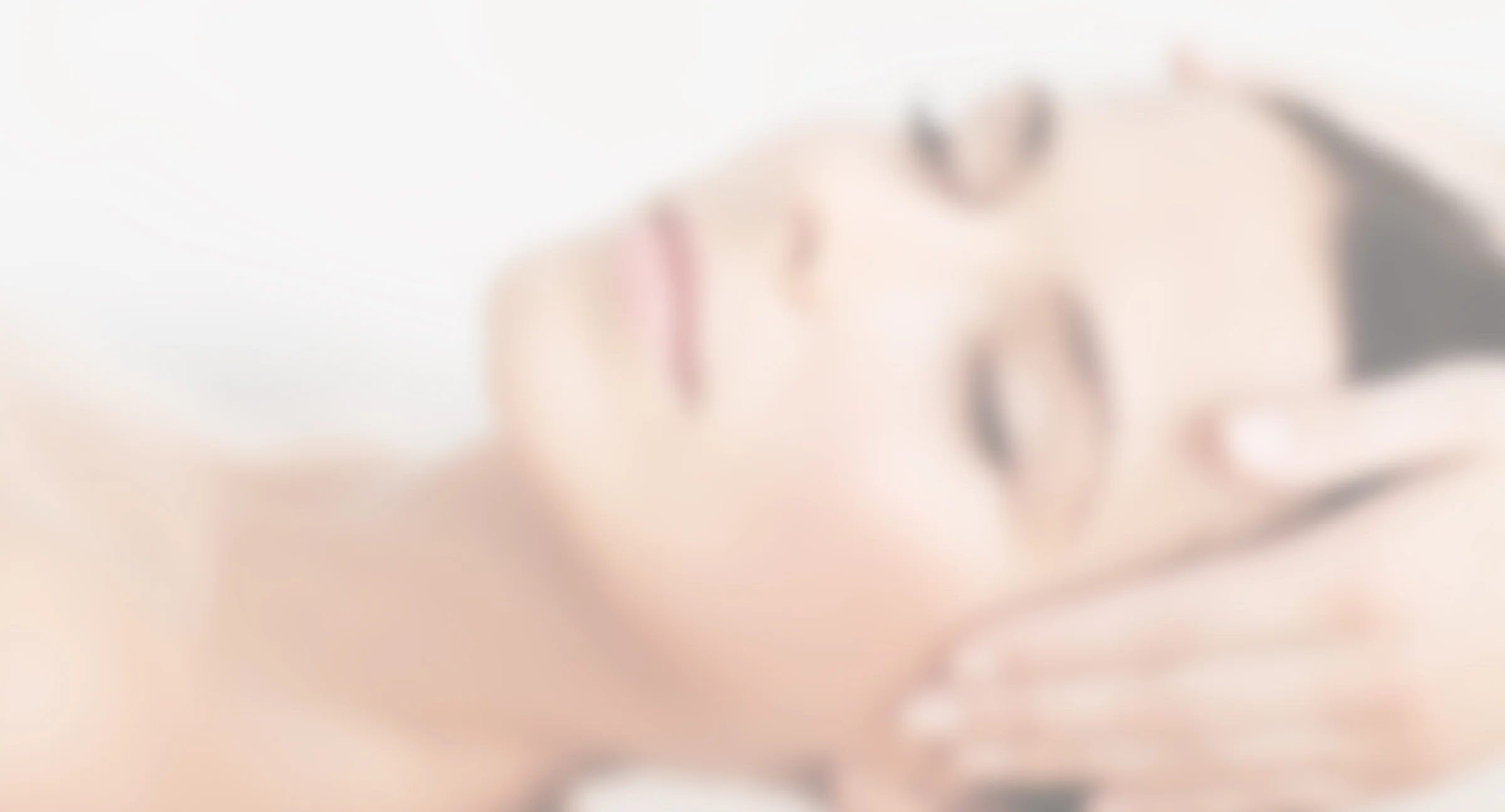Craniosacral Therapy
Restoring Health Through Craniosacral Therapy
Craniosacral Therapy stimulates a deeply relaxed state by activating the parasympathetic nervous system—our body’s “rest and digest” response. This state not only fosters relaxation but also helps desensitize the body to pain. What makes Craniosacral Therapy unique is its ability to work with the connective tissue (fascia) matrix closely linked to the central nervous system.
Traumatic events such as car accidents, sports injuries, chronic conditions, or abuse can leave lasting imprints on the body. These traumas often manifest as chronic holding patterns, the body’s way of compensating for injury and self-protection.
Over time, these physical habits reshape our emotional well-being, creating psychosomatic (mind-body) patterns that may linger for months, years, or even decades if left unaddressed. By targeting the Craniosacral system—a core component of the nervous system—this therapy offers a profound pathway to release deeply ingrained patterns that the body has yet to release.
What Is Craniosacral Therapy?
Craniosacral Therapy originated within Osteopathic medicine as a gentle and effective approach to supporting the body’s function by addressing the structure and mobility of the cranium and sacrum, which are connected by the spine. This therapy is distinct for its focus on the central nervous system—composed of the brain and spinal cord—embedded within the dura mater. The dura mater is a key component of the body’s connective tissue matrix, providing scaffolding for the entire system.
Craniosacral therapists use gentle, precise holds to assess the state of this intricate system. By mobilizing the junctions of bones and releasing restrictions in the connective tissue (fascia) web, they restore ease of movement. These techniques also promote the healthy production and drainage of cerebrospinal fluid, a vital component of the central nervous system that surrounds and supports the brain and spinal cord.
Supporting the nervous system is crucial because it is where chronic patterns and traumas take root, making it the most effective access point for release and healing. Craniosacral Therapy is highly effective for addressing emotional and traumatic holding patterns, immune and endocrine dysfunction, chronic pain, and stress.
At the heart of Craniosacral Therapy is the principle that the body possesses the innate intelligence to heal itself. The therapist’s role is to facilitate this natural process, helping the body express its optimal health. This is often experienced during the session as a series of gentle, static holds that are deeply relaxing, grounding, and restorative.
Who Can Benefit from Craniosacral Therapy?
Craniosacral Therapy is a gentle and versatile approach that can benefit individuals dealing with a range of physical, emotional, and stress-related conditions. Here are five groups who often find Craniosacral Therapy particularly helpful:
1. Individuals with Chronic Pain
Craniosacral Therapy addresses tension in the connective tissue and nervous system, providing relief for:
Back and neck pain
Migraines and headaches
Temporomandibular Joint (TMJ) dysfunction
2. People Experiencing Emotional Trauma
This therapy supports the release of emotional holding patterns stored in the body, making it beneficial for:
Anxiety and stress
Post-Traumatic Stress Disorder (PTSD)
Grief or unresolved trauma
3. Adults Managing Stress
For individuals living with high levels of stress, Craniosacral Therapy provides deep relaxation and a reset for the nervous system, alleviating:
Fatigue and burnout
Insomnia
Chronic tension
4. People Recovering from Injuries
Craniosacral Therapy supports the body’s natural healing processes, aiding recovery from:
Sports injuries
Car accidents
Surgery
5. Individuals with Neurological Conditions
With its focus on the central nervous system, Craniosacral Therapy can help manage conditions such as:
Multiple sclerosis
Fibromyalgia
Nervous system dysfunction
Craniosacral Therapy’s gentle, non-invasive nature makes it suitable for most people, even those who are sensitive to other forms of bodywork.
Who Is Craniosacral Therapy Not Recommended For?
Craniosacral Therapy is deeply restorative and aligns with the non-invasive, self-healing principles of Osteopathic medicine from which it originated. Because of its gentle nature and focus on supporting the body’s natural healing processes, it is rarely contraindicated.
How to Prepare for a Craniosacral Therapy Session
Preparing for a Craniosacral Therapy session is simple and focuses on helping you feel relaxed and ready. Here are five key tips:
1. Wear Comfortable Clothing
Choose loose, comfortable clothing that allows you to relax fully during the session. Avoid restrictive items like belts or heavy jewelry.
2. Hydrate and Eat Lightly
Drink water before your session to support tissue health, and have a light meal or snack a couple of hours beforehand. Avoid heavy foods, caffeine, or alcohol.
3. Arrive Early
Give yourself time to arrive a few minutes early, settle in, and release any stress before your session begins.
4. Communicate with Your Therapist
Share any specific concerns, symptoms, or goals with your therapist, and mention any recent injuries, surgeries, or medical conditions.
5. Be Open and Receptive
Approach the session with an open mind, relax, and trust the process, allowing your body to respond naturally to the therapy.
These simple steps will help you feel prepared and make the most of your Craniosacral Therapy session.
Post-Treatment Recommendations for Craniosacral Therapy
After a Craniosacral Therapy session, your body continues to process and integrate the work. To enhance this healing, consider these five key tips:
1. Rest and Relax
Give yourself time to rest after the session. Avoid strenuous activities and allow your body to fully integrate the therapy.
2. Stay Hydrated
Drink plenty of water to support detoxification and maintain tissue hydration.
3. Avoid Stimulants
Avoid caffeine, alcohol, or other stimulants for the rest of the day to maintain the relaxed state achieved during the session.
4. Listen to Your Body
Pay attention to how you feel, and respond to your body’s needs, whether it’s resting, moving gently, or eating nourishing food.
5. Reflect and Process
If the session brought up emotions or insights, take time to reflect or journal to help process and integrate the experience.

